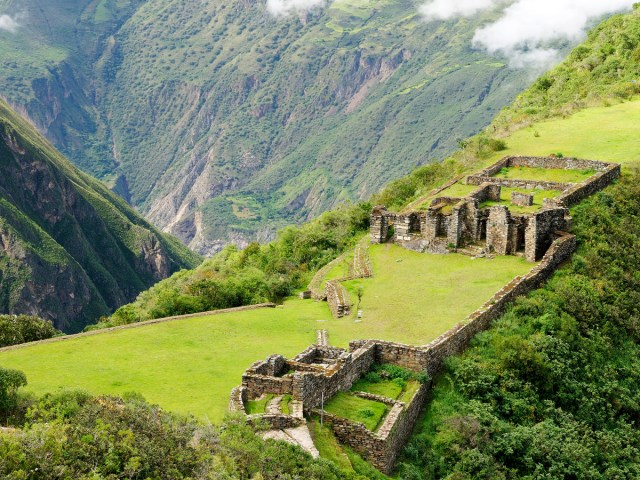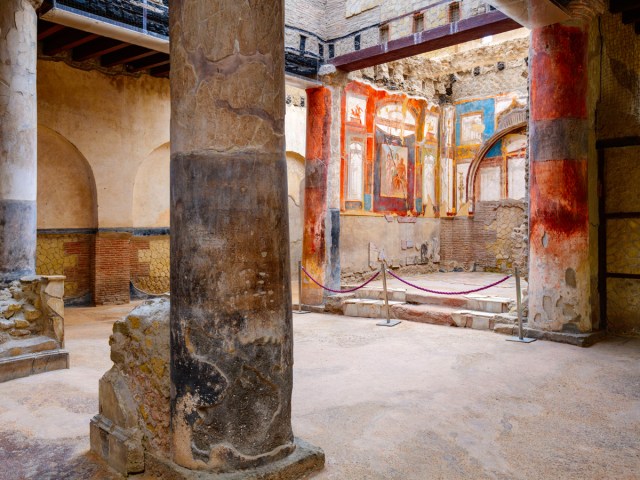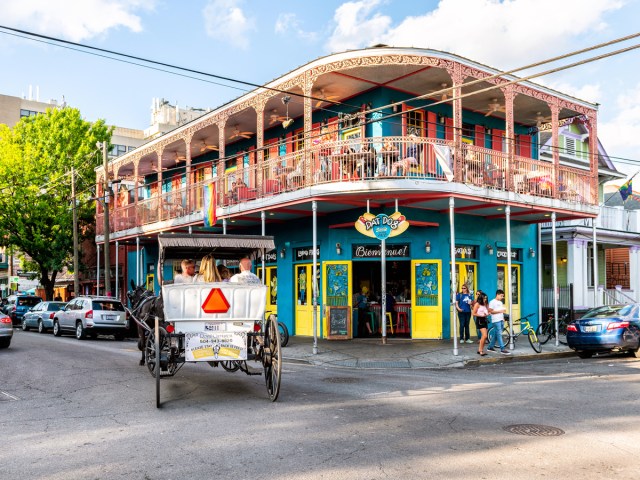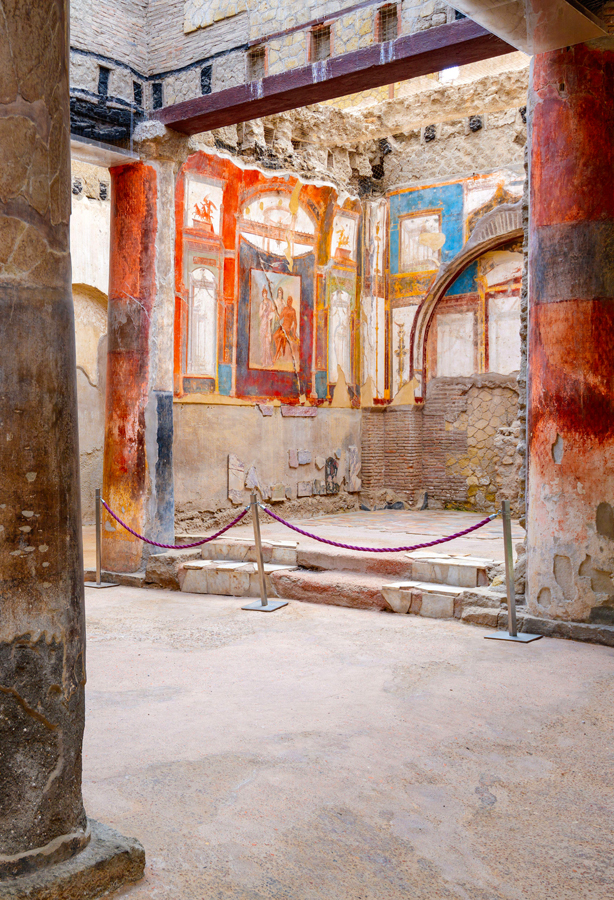Though they have plenty of imitators, some landmarks stand in a category of their own. There’s only one true Eiffel Tower (sorry, Paris, Tennessee — yours doesn’t count), one Stonehenge (although Nebraska’s take, called Carhenge, is worth checking out), and one Great Pyramid (nice try, Memphis). But maybe you’ve already visited these legendary landmarks or are just interested in a less stressful, less crowded experience. Luckily, there are many appealing alternatives out there. Here are five of our favorite attractions which — while a little less famous than their counterparts — are well worth visiting in their own right.
Choquequirao – Peru

Move over, Machu Picchu: The Incan ruins at this site high in the Andes mountains are three times larger than those at its much more famous cousin. Yes, Choquequirao — located around 30 miles away from Machu Picchu — is more difficult to access. But although the trek is longer and more physically demanding, Choquequirao (with a name meaning “Cradle of Gold”) receives fewer than 10,000 visitors a year. In contrast, Machu Picchu sees more than 1.5 million.
Archaeologists only began excavating Choquequirao in the 1970s, and so far, only about a third of the site has been exposed. A long-promised cable car will eventually make Choquequirao more accessible and drastically increase the number of tourists — so channel your inner Indiana Jones and see it while it’s still untouched.
Herculaneum – Italy

Like Pompeii, this ancient Roman town near modern-day Naples is located in the Campania region of Italy and was likewise decimated by the catastrophic volcanic eruption of Mount Vesuvius in 79 CE. Although both cities were destroyed, working-class Pompeii was blanketed in a relatively soft and shallow layer of ash and pumice, whereas the wealthy seaside resort of Herculaneum was preserved under 65 feet. This included a hard top layer that kept oxygen out, preserving wooden staircases, doors, and other organic materials. Pompeii’s earlier excavation led to its greater fame — and today is visited by around 3 million tourists a year. Modest Herculaneum, on the other hand, sees a mere 300,000 visitors on average.
Frenchmen Street – New Orleans, Louisiana

Anyone who’s ever heard of New Orleans is probably familiar with Bourbon Street. The street in the city’s French Quarter is rightly famous for its party atmosphere (particularly during Mardi Gras), restaurants and music venues, and historic architecture with wrought iron balconies. But locals and in-the-know visitors avoid the often out-of-control revelers on the city’s most famous street and head to Frenchmen Street instead. Once a hidden gem known mostly to residents, this street in the Seventh Ward has a short stretch in the Faubourg Marigny neighborhood offering some of the best music New Orleans has to offer. At the southern end of Frenchmen Street, you’ll find the New Orleans Jazz Musuem.
Bruges – Belgium

If you’re looking for charming canals and medieval architecture with fewer crowds, this city in northwest Belgium is the place for you. No, it’s not Venice — nor does it need to be. Swans float on peaceful waterways, while sunny flower-bedecked squares sport grand churches, major museums, and restaurants offering the city’s famed chocolates, frites, and Belgian beers. If you still have your heart set on Venice, we recommend at least checking out some of the less popular spots nearby: Take the ferry to Chioggia, an authentic (and canal-crossed) Italian fishing village only 15 miles from the city.
Edge – New York, New York

If you’ve admired the city’s iconic skyline from atop the Empire State Building or sipped a sunset martini from the late, great bar at 30 Rock’s Rainbow Room, you’ve definitely experienced classic New York City views. For something completely different but no less breathtaking, head west to Hudson Yards, a more recent addition to Manhattan’s melting pot of neighborhoods. The high-end 28-acre development — located between Hell’s Kitchen and Chelsea on the banks of the Hudson River — is where you’ll find Edge. Suspended 100 stories above the city, it’s the highest outdoor observation deck in the Western Hemisphere. The glass floor and angled glass walls allow visitors to feel that they’re actually floating above Manhattan. Real daredevils can buy a ticket for City Climb, strap on a harness, and scale up the side of the building.
More from our network
Daily Passport is part of Inbox Studio, which publishes content that uplifts, informs, and inspires.
















